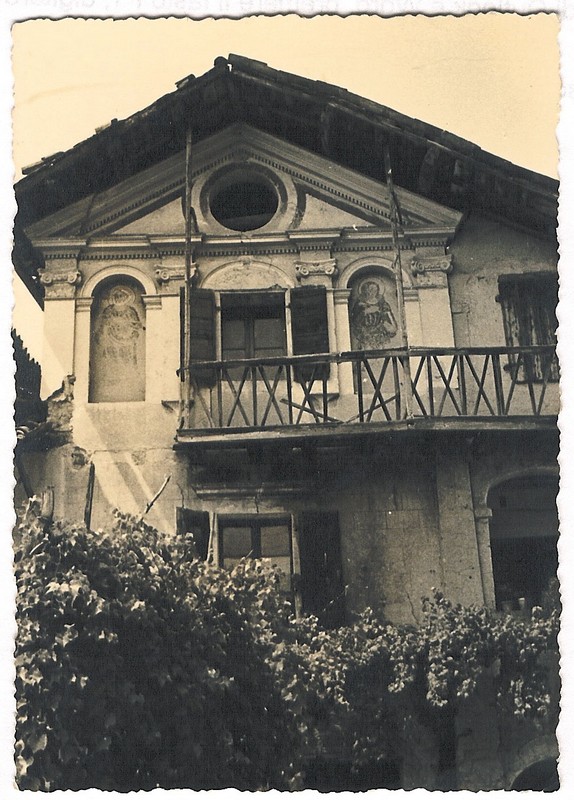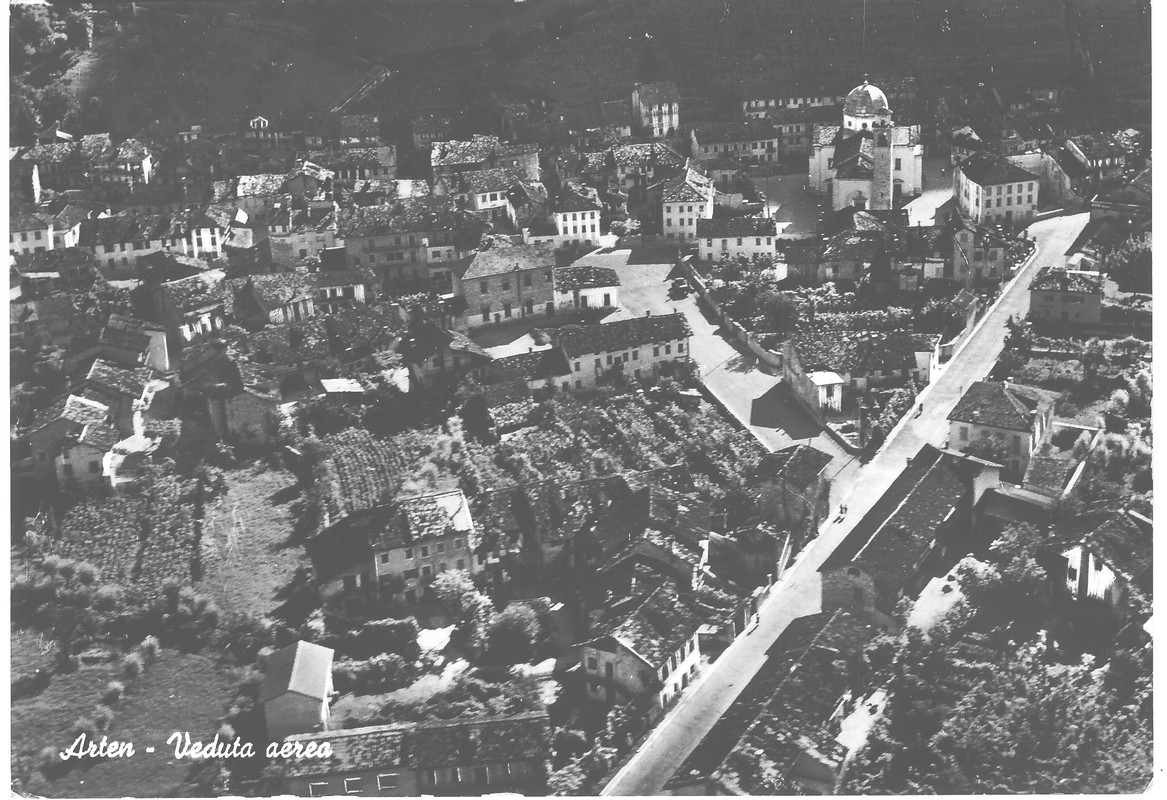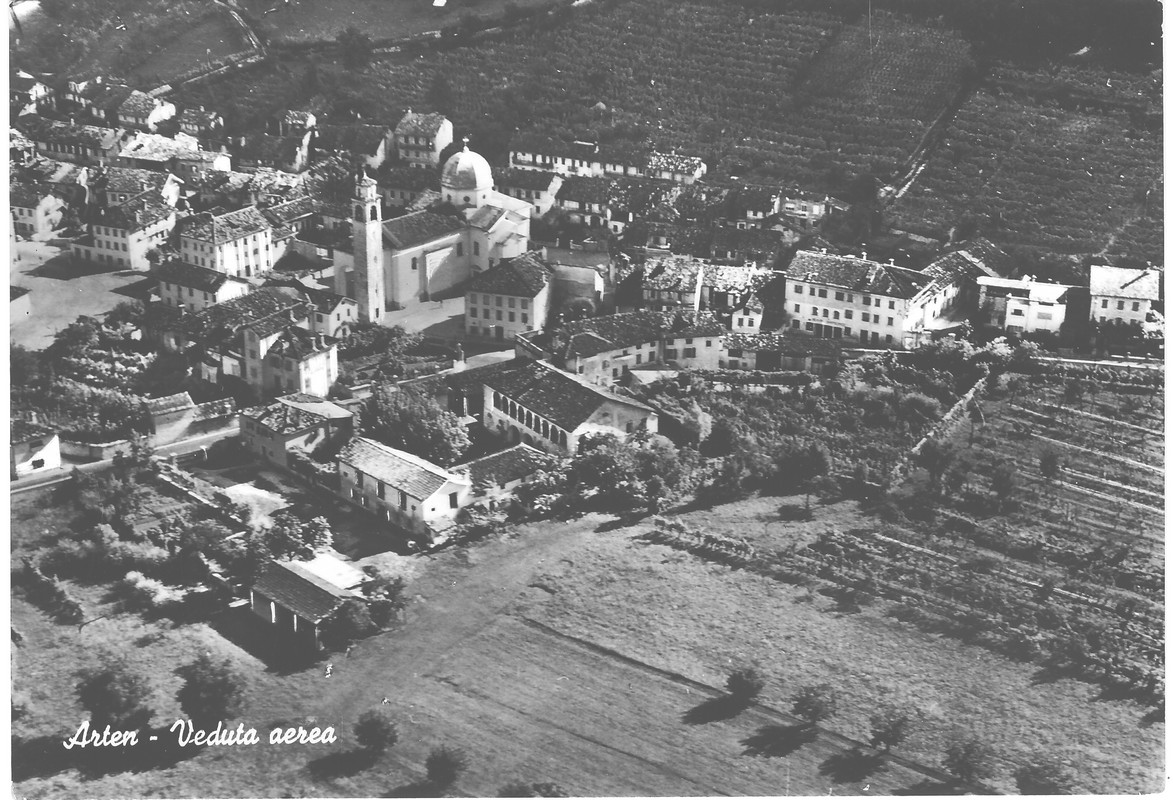- Category: Territory
- Hits: 3808
Historical Notes
The parts of the municipality are five. The biggest one, Arten, is in an important position, 2.5 km at East of Fonzaso. It's located under the mountain Aurin, in the middle of the intersection between the streets that bring to Fonzaso, Feltre, Arsiè and it's crossed by a creek called Levica.From "De Bello Gallico" of Giulio Cesare where the term Ars, that many people want to understand it as fortress, a fort placed in an important point, is used many times to indicate that there was already an inhabited nucleus at that time and today it correspond to the inhabited of Arten. Anyway we say this only as a curiosity but there is none historical basis.
There is also people who say that the place, that others suggest as location of a fortress (Ars), instead remembers the site of a convent; affirmation that can be confirmed by the build of an house people said be a convent.
It's historically proven that in Arten there was a convent of monks. It's probable that in the 1420, when Venice Government decided to tear down the fortress of Arten, this building was instead transformed and adapted to a convent.
The house of Fontanelle, as will be remembered, became a fort; later it was used as checkpoint to levy duty on goods. Here still exist an old stone tub used for watering animals during stops. In the 1656 Arten suffered greatly due to a big fire.
Arten is a lowly village that grows continuously: it looks nice, not so much for the beauty of his buildings as for the regularity of these.
It's partially surrounded by vineyards that grow and climb on the rocks of Aurin.
Remarkable its latin cross church, beautified by a wide dome. It's parish seat since 1921 when it was subtracted from Archpriest of Fonzaso.
At the cemetery it's located the church of San Nicolò, with a span blessed by saint Gregorio Barbarigo and in which population had confidence for protection from storms unleashed on our countries and crops. Church was consecrated on September 1503: inside it by ancient custom there was the solemn blessing of the olive in the Palm Sunday. Ancient frescoes, decorated the church, were whitewashed after the plague in 1752.
Taken from “Fonzaso“ di Angelo Vigna - 1965












